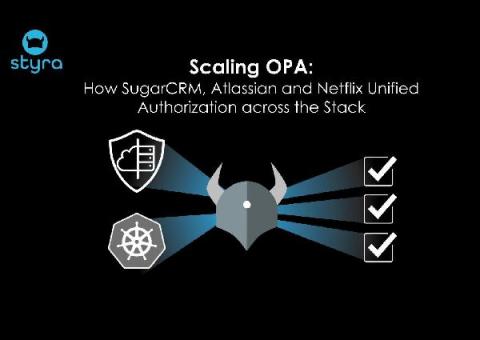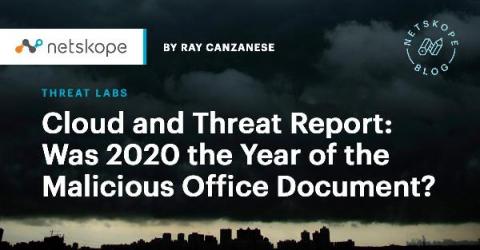Different types of malware + examples you should know
Computers are machines driven by specific instruction sets governed by various rules and protocols known as operating systems. Just like the human body’s immune system is vulnerable to new viruses and their mutants, computers are prone to malware infections. We cover these basics and the different types of malware in this article. Malware in electronic devices can result in software vulnerabilities, which may affect legitimate programs in the system.











